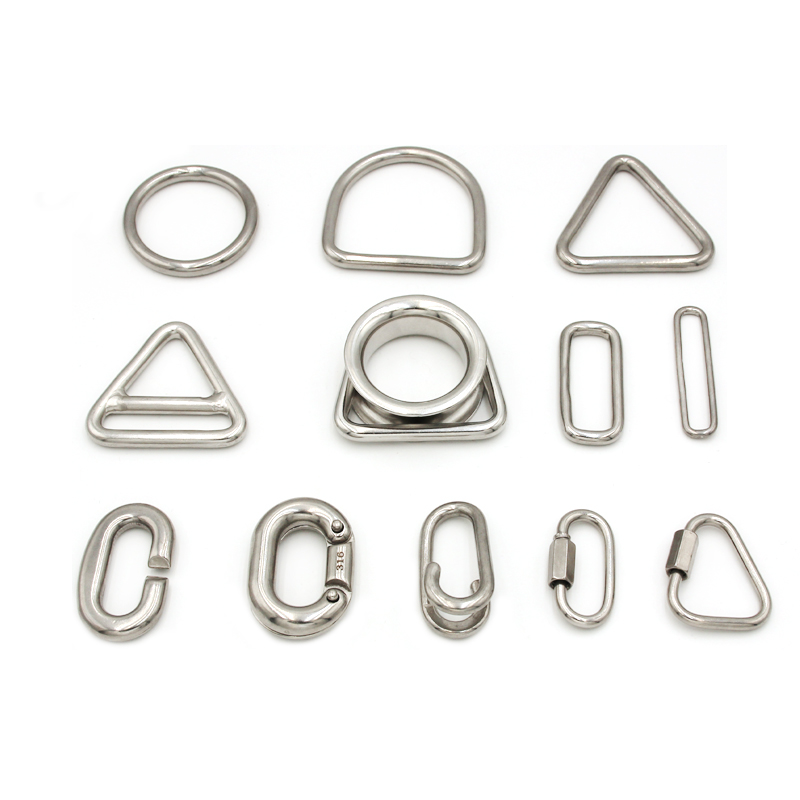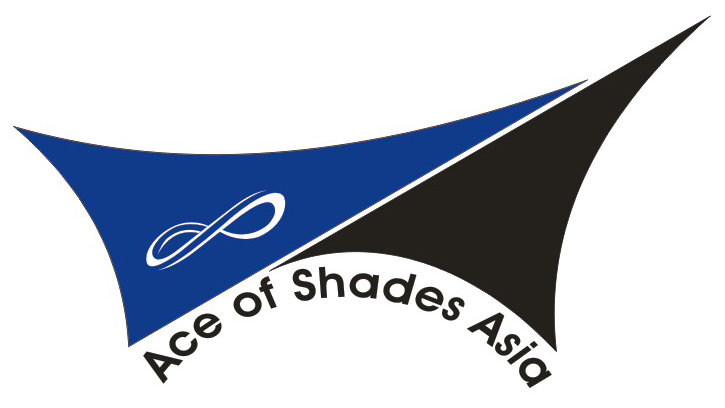Stainless Steel Rings and Links
Rings and links are vital components in rigging, and securing applications, providing strong connection points for chains, wire ropes, and other hardware.

Rings
Rings are circular metal loops used to create connection points in rigging and securing systems. They come in different shapes, sizes, and materials to suit specific applications.
- Material: Commonly made from steel, stainless steel, or galvanized steel for strength and corrosion resistance.
- Shape: Primarily circular, but can also be oval or D-shaped for specific applications.
- Load Capacity: Rated for specific load capacities, which must be adhered to for safety.
- Welded vs. Non-Welded: Welded rings offer greater strength and durability compared to non-welded rings.
Types of Rings:
- Welded Rings:
- Made from a continuous piece of stainless steel that is welded shut.
- Provide high strength and durability.
- Non-Welded Rings:
- Made from a single piece of stainless steel that is bent into shape without welding.
- Typically used for lighter loads.
- D-Rings:
- D-shaped rings that provide a flat edge for better stability.
- Commonly used in tie-down applications.
- O-Rings:
- Perfectly circular rings used in a variety of applications.
- Suitable for connecting chains, ropes, and straps.
- Triangle-Ring:
- Is a piece of hardware, typically made of stainless steel for durability and corrosion resistance, shaped like a triangle with closed sides.
- It’s used in various applications to create connection points, manage straps and webbing, or as part of rigging and tensioning systems.
Links
Links are stainless steel connectors used to join two or more chains, ropes, or other components. They are available in various shapes and sizes to suit different load requirements and applications.
Key Characteristics:
- Material: Typically made from stainless steel.
- Shape: Can be oval, pear-shaped, or specialized shapes for specific uses.
- Load Capacity: Rated for specific load capacities.
- Welded vs. Forged: Welded links are stronger and more durable compared to forged links.
Types of Links:
- Master Links:
- Large, oval-shaped links used as the main connecting point in a rigging system.
- Can handle multiple connections and heavy loads.
- Connecting Links:
- Used to join two pieces of chain or attach accessories to a chain.
- Includes types like quick links, split links, and repair links.
- Pear-Shaped Links:
- Pear-shaped for better load distribution.
- Commonly used in lifting and rigging applications.
We Considerations:
- Load Rating: We always use rings and links within their specified load ratings to ensure safety.
- Material Selection: Choose appropriate materials based on environmental conditions (e.g., stainless steel for corrosive environments).
- Installation: Ensure proper installation and secure connections to prevent accidental disconnections or failures.
- Inspection: Regularly inspect for signs of wear, corrosion, or damage and replace as necessary.
We using the appropriate rings and links in rigging and securing operations ensures reliable and safe connections, essential for shade, tension, marine applications. Always adhere to load ratings and proper installation practices to maintain safety and performance.
Ace of Shades Asia : Sun’s Out , Comfort’s In
Your professional in Blinds , Awning, Shades Sail, Tension Membrane.
